China has just lobbed a metaphorical grenade into the world of military tech with their latest innovation: drones fired straight out of artillery cannons. Yes, you read that right—drones that get yeeted from a 155mm howitzer like a paper plane with a death wish.
This isn’t just a cool party trick; it’s a game-changer in drone warfare that’s got defense analysts buzzing like a swarm of mechanical bees. Let’s dive into the details of this explosive breakthrough, courtesy of some jaw-dropping tests that have the world taking notice.
From Sci-Fi to Sky Eye: The Birth of Artillery-Launched Drones
Picture this: a drone, snug as a bug in a 155mm artillery shell, gets blasted out of a cannon at forces that would make even the toughest astronaut wince—3,000 times its own weight, to be exact.

This is China’s “Sky Eye” or Tianyan, a concept that’s been kicking around since prototype competitions but has now, after 12 years of skepticism and sweat, become reality. According to reports, these drones survived the bone-rattling launch and zipped over 6.2 miles (10 km) in mere seconds, ready to strike targets with pinpoint precision. It’s like sending a robotic assassin through a cannon barrel, and it’s as wild as it sounds.
The tech behind this is no small feat. These drones are built to withstand extreme G-forces, deploy mid-flight, and then carry out missions like reconnaissance or targeted strikes. The South China Morning Post notes that the tests, conducted by Chinese engineers, showed the drones could hit targets 6 miles away almost instantly after launch.
This isn’t your kid’s toy drone crashing into the neighbor’s fence—these are purpose-built war machines that can take a cannon blast and keep on ticking. It’s the kind of thing that makes you wonder if the engineers were inspired by watching too many action movies.

Why Cannon-Fired Drones Are a Tactical Jackpot
So, why shoot drones out of a cannon instead of just launching them the old-fashioned way? Speed, stealth, and surprise, my friends. Traditional drones take time to get airborne, and their launch sites can be spotted by anyone with a decent satellite. But a drone fired from an artillery piece?
It’s already screaming toward its target before the enemy can say, “Wait, what was that boom?” Railly News highlights that these drones can be deployed from existing artillery systems, making them a sneaky addition to any military’s arsenal without needing fancy new launchers.
The tactical advantages are juicy. Artillery-launched drones can cover vast distances in seconds, making them ideal for rapid-response strikes or gathering intel in hot zones. They’re also harder to intercept since they’re piggybacking on the speed and trajectory of an artillery shell.
Imagine the chaos: one minute, you’re sipping coffee in a command center; the next, a drone pops out of nowhere like a jack-in-the-box with missiles. Plus, these drones can loiter after deployment, giving commanders real-time battlefield data or the ability to strike when the moment’s right. It’s like playing chess with a queen that can teleport.
The Global Arms Race Just Got a New Runner
China’s Sky Eye isn’t just a shiny new toy—it’s a wake-up call for militaries worldwide. Posts on X are abuzz with reactions, calling this a “significant breakthrough in drone warfare.” The rest of the world is now playing catch-up, and you can bet defense contractors are scribbling notes faster than a kid cramming for a math test.
This tech could redefine how artillery is used, blending the brute force of traditional cannons with the precision of modern drones. It’s a marriage of old-school firepower and new-school finesse, and it’s got everyone from NATO to neighborhood think tanks sweating.
The implications go beyond just China’s bragging rights. If these drones become standard issue, we could see a shift in how wars are fought, with artillery units becoming hybrid platforms for both explosive shells and intelligent drones.
Other nations, like the U.S. or India, might start pouring funds into similar tech to avoid being left in the dust. And let’s not forget the potential for escalation—when one side has cannon-launched drones, the other side’s going to want something even crazier, like drones that can sing karaoke while they strike. Okay, maybe not that, but you get the point: the arms race just got a new gear.
My Two Cents: A Future of Indestructible Drones?
Now, let’s get personal. This Sky Eye tech is both thrilling and terrifying, like finding out your Roomba can now do backflips while vacuuming. The fact that these drones can survive forces 3,000 times their weight is a testament to engineering wizardry. It’s not just about surviving a cannon blast; it’s about what this means for the future of drones. If they can handle that kind of punishment, what’s stopping engineers from building drones that could, say, crash into a building and keep flying? Imagine a drone that shrugs off a head-on collision like a linebacker brushing off a tackle. That’s the kind of resilience we’re talking about, and it’s not far-fetched. And I think I like it.
This breakthrough could lead to drones that are virtually indestructible, capable of operating in environments where others would turn into expensive confetti. Think urban warfare, where drones could smash through walls to deliver payloads or gather intel without breaking a sweat. It’s a scary thought, but also a fascinating one—resilient drones could save lives by taking on dangerous missions, but they also raise the stakes for warfare. My hope? That this tech pushes innovation toward defensive uses, like disaster response or search-and-rescue, rather than just bigger booms. But knowing humanity’s track record, I’m keeping my fingers crossed and my bunker stocked.
Photos courtesy of Shaanxi University of Science & Technology
Discover more from DroneXL.co
Subscribe to get the latest posts sent to your email.

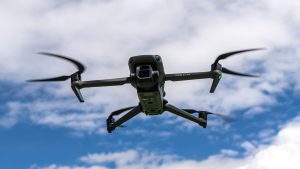

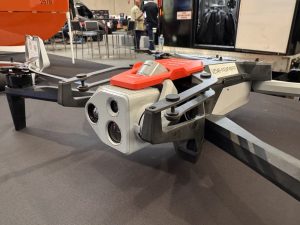
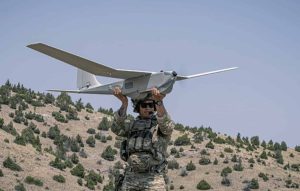



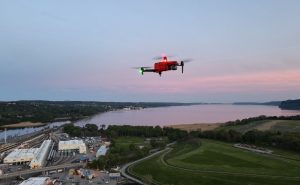


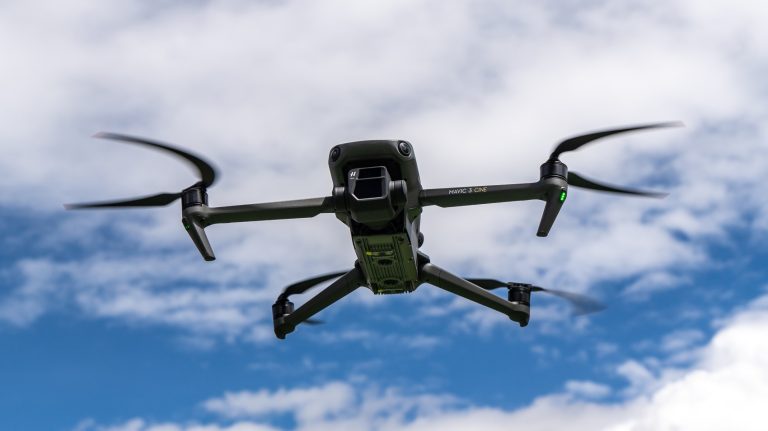
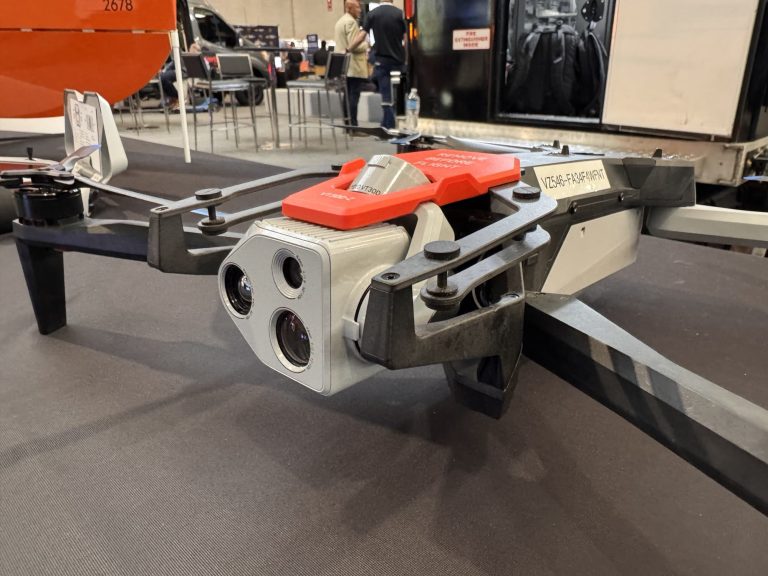




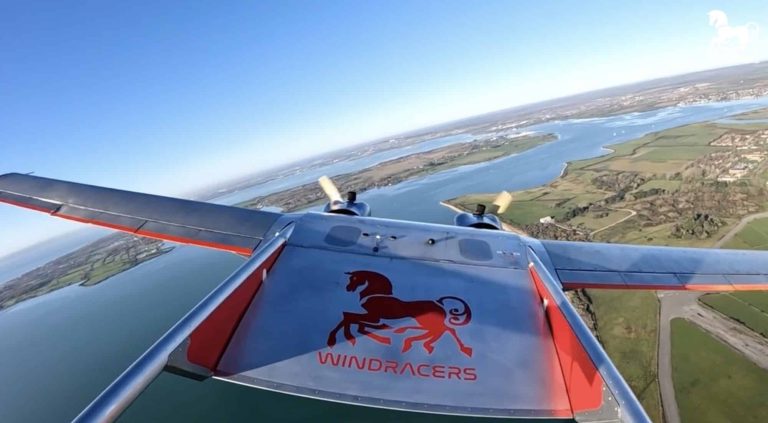
+ There are no comments
Add yours